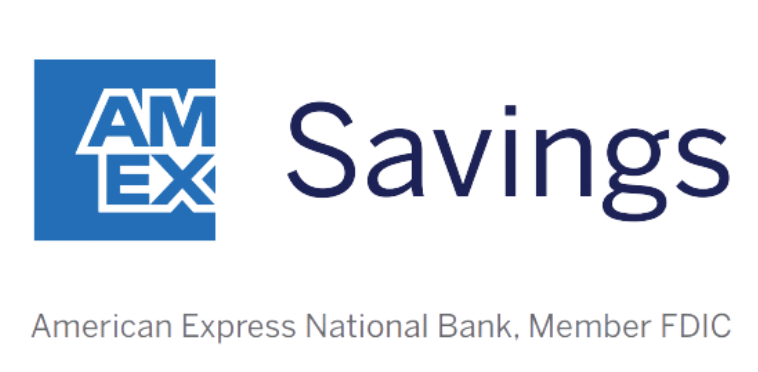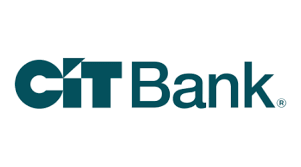2 Reasons Money Market Accounts Are Worth It -- Even After Fed Rate Cuts
KEY POINTS
- Money market accounts have features of both checking and savings accounts.
- You can earn a high APY on your money.
- Many MMAs come with debit cards and/or check-writing privileges.
The personal finance world (including yours truly) held its collective breath on Sept. 18 as we waited for the verdict from the Federal Reserve. We knew we'd get some kind of benchmark interest rate cut, but we weren't sure how much it would be.
And as it turned out, the Fed opted to drop its rate by half a percentage point -- and since rates on consumer bank accounts tend to follow suit, rates on certificates of deposit (CDs), savings, and money market accounts (MMAs) have followed suit.
Money market accounts might not be on your radar, but if you're interested in the perks of both checking and savings accounts, MMAs are sort of like a hybrid of the two. Here's a closer look at these accounts -- and why you should consider them for your hard-earned cash.
1. High APYs
The historically high rates on bank accounts we've seen over the last few years are on their way out -- but that doesn't mean we shouldn't stay on the high-APY gravy train for as long as we can. Thankfully, money market accounts offered by online banks pay rates many times higher than the current national average, which is just 0.61%.
Our Picks for the Best High-Yield Savings Accounts of 2025
| Product | APY | Min. to Earn | |

American Express® High Yield Savings Account
Member FDIC.
APY
3.70%
Rate info
3.70% annual percentage yield as of April 21, 2025. Terms apply.
Min. to earn
$0
Open Account for American Express® High Yield Savings Account
On American Express's Secure Website. |
3.70%
Rate info
3.70% annual percentage yield as of April 21, 2025. Terms apply.
|
$0
|
Open Account for American Express® High Yield Savings Account
On American Express's Secure Website. |

CIT Platinum Savings
Member FDIC.
APY
4.10% APY for balances of $5,000 or more
Rate info
4.10% APY for balances of $5,000 or more; otherwise, 0.25% APY
Min. to earn
$100 to open account, $5,000+ for max APY
Open Account for CIT Platinum Savings
On CIT's Secure Website. |
4.10% APY for balances of $5,000 or more
Rate info
4.10% APY for balances of $5,000 or more; otherwise, 0.25% APY
|
$100 to open account, $5,000+ for max APY
|
Open Account for CIT Platinum Savings
On CIT's Secure Website. |

Barclays Tiered Savings
Member FDIC.
APY
4.10%
Rate info
Balances less than $250,000 earn 4.10%, and balances greater than $250,000 earn 4.30%.
Min. to earn
$0
Open Account for Barclays Tiered Savings
On Barclays' Secure Website. |
4.10%
Rate info
Balances less than $250,000 earn 4.10%, and balances greater than $250,000 earn 4.30%.
|
$0
|
Open Account for Barclays Tiered Savings
On Barclays' Secure Website. |
With that rate, you'd earn just $61 on a $10,000 balance over a year. But what if you instead picked one of the best money market accounts and earned a rate of 4.00% on your money? After a year, you'd have an extra $408.
Have I piqued your interest? Click here for the best money market accounts we've found.
It's important to note that based on the way interest rates are trending now (namely, downward), it's unlikely you'll get that same high APY for another year at this point.
That said, you're extremely likely to beat the national average rate (which includes big banks that pay a measly 0.01% on savings products) with an MMA at an online bank, even after future Fed rate cuts. These higher APYs are what MMAs have in common with high-yield savings accounts.
2. Easy spending access
MMAs resemble checking accounts in the money access they offer. Many money market accounts come with a linked debit card, meaning you can make purchases directly from the account. Some also offer check-writing privileges (paper checks don't have the safety features of credit cards or even debit cards, but they're still handy in some situations).
Either option means one-step access to your cash -- you won't need to transfer it to another account, like you might with an online savings account. Just be careful not to make too many withdrawals. Checking accounts don't limit your transactions, but MMAs might. One of these accounts likely isn't a good choice to entirely replace your checking account.
What should you look for in an MMA?
Have I convinced you that money market accounts are worth a closer look? Hooray! Before you open one, make sure you look for these features.
FDIC insurance
This one is paramount. Reputable banks are members of the FDIC, which means your money with these banks is protected for up to $250,000 per depositor, per ownership category. Don't do business with a bank that lacks this. You can find FDIC documentation on the bank's website if you're unsure.
A minimum deposit requirement you can meet
This is less common now, but in the past, some MMAs had minimum opening deposit requirements of several thousand dollars, which is likely out of reach for a lot of potential account holders. You may still have to pony up some dough to open the account, though.
Minimal (or ideally no) fees
The best MMAs keep fees to a minimum. Don't open one with a bank that charges monthly maintenance fees -- why pay money to keep your money in the bank?
A well-rated mobile app
Since the best MMAs are offered by online banks, you're likely to enjoy an excellent mobile app with features like peer-to-peer money transfers, budgeting tools, free credit score updates, and more. Check reviews of the mobile app for any bank you're considering to see what other customers think.
All in all, money market accounts can be pretty convenient and lucrative. Keep them in mind if you need a new home for your money -- even now that rates have begun to fall.
Our Research Expert
We're firm believers in the Golden Rule, which is why editorial opinions are ours alone and have not been previously reviewed, approved, or endorsed by included advertisers. Motley Fool Money does not cover all offers on the market. Motley Fool Money is 100% owned and operated by The Motley Fool. Our knowledgeable team of personal finance editors and analysts are employed by The Motley Fool and held to the same set of publishing standards and editorial integrity while maintaining professional separation from the analysts and editors on other Motley Fool brands. Terms may apply to offers listed on this page. APYs are subject to change at any time without notice.